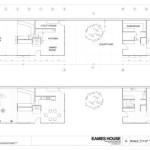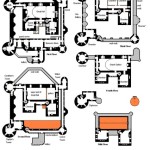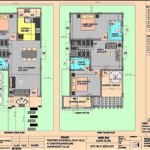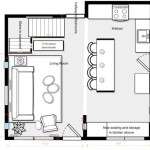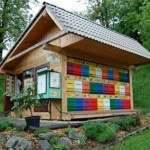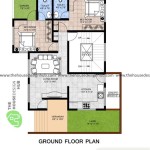Essential Aspects of Victorian Era House Floor Plans
Victorian era houses are renowned for their elaborate architecture and opulent interiors. The floor plans of these magnificent homes reflect the social and cultural norms of the era, showcasing a distinct blend of function and grandeur.
1. Central Hall and Symmetry: Victorian houses typically featured a central hall that served as the main circulation space. This hall was often symmetrical, with rooms arranged in a mirror image on either side. This layout provided a sense of order and formality, reflecting the Victorian emphasis on hierarchy and social status.
2. Formal and Informal Spaces: Victorian floor plans clearly distinguished between formal and informal spaces. The front parlor and dining room were reserved for entertaining guests, while the family room, kitchen, and bedrooms were for more private family use. This separation of spaces emphasized the importance of social etiquette and the maintenance of a respectable public image.
3. Bay Windows: Bay windows were a common feature in Victorian houses, adding both architectural interest and additional living space. These windows allowed for abundant natural light and offered panoramic views of the surrounding landscape. They became synonymous with the Victorian aesthetic and were often used in the parlor or master bedroom.
4. Multiple Bedrooms: Victorian families were typically large, and floor plans accommodated this by providing numerous bedrooms. These bedrooms ranged in size and purpose, with the grandest reserved for the head of the household. Each bedroom often had its own fireplace and built-in storage, ensuring privacy and comfort.
5. Servant Quarters: Many Victorian houses included dedicated servant quarters. These spaces were typically located on the top floor or in the basement and consisted of small bedrooms, a kitchen, and a bathroom. They reflected the social hierarchy of the era, as servants were not considered part of the family.
6. Ornate Detailing: Victorian floor plans were not only functional but also highly decorative. Elaborate moldings, intricate woodwork, and decorative fireplaces adorned the rooms, creating an opulent ambiance. These details showcased the wealth and status of the homeowners and reflected the Victorian obsession with ornament and beauty.
7. Indoor Plumbing and Sanitation: The Victorian era witnessed significant advancements in indoor plumbing and sanitation. Many Victorian houses were equipped with bathrooms, showers, and indoor toilets, which were considered luxuries at the time. These amenities not only improved the quality of life but also contributed to the overall comfort and hygiene of the home.
By understanding the essential aspects of Victorian era house floor plans, one can appreciate the complex social, cultural, and architectural factors that shaped these iconic homes. These floor plans continue to inspire architects and home designers today, serving as a testament to the enduring legacy of the Victorian era.

Vintage House Plan Homes And 28 Victorian Plans From Palliser S Model Mansion Floor

1905 Glen Flora Queen Anne Style Plan By Hodgson Victorian House Plans Vintage Floor

Chapter Ii Large Town Houses Mansion Floor Plan Plans How To

Victorian House Plans Decorative Painted Lady Home

Vintage Victorian House Plans 1879 Print Plainfield George La Baw Floor Mansion Plan

Victorian House Plans And Small Cottage Designs

Residence Of Henry R Towne Esq Print Victorian House Plans Vintage Blueprints

29 Victorian House Plans E Book Vintage

Victorian Style House Plan 5 Beds 3 Baths 3879 Sq Ft 72 891 Floorplans Com

First Floor Plan Second Savannah Victorian Historic District 215 West Gwinnett Street House Ham County Ga Library Of Congress

